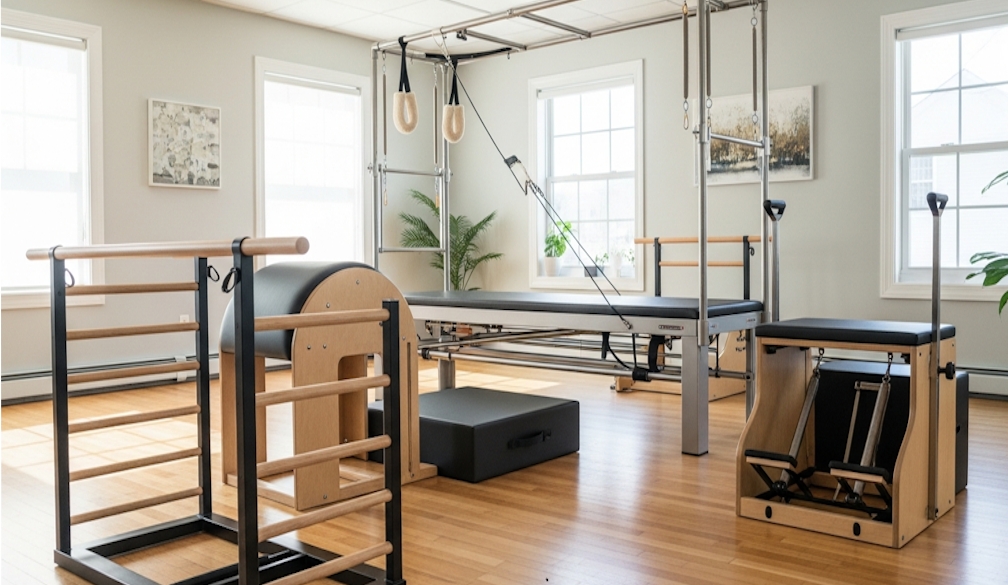Circular Interior Design: Furnishing with Salvaged & Reclaimed Materials

Circular interior design is gradually making its way from niche circles into mainstream Australian homes. At its core, this approach revolves around rethinking how we furnish our spaces, prioritising reuse, repurposing, and responsible consumption over mass-produced, short-lived décor. Instead of discarding the old in favour of the new, homeowners and designers are finding value in what might otherwise be tossed aside. And the results? Interiors with more character, less waste, and a far smaller environmental footprint.
This design philosophy sits neatly within the broader shift towards sustainable architecture and building practices. But unlike large-scale construction choices, it’s an area where individuals can make a tangible difference right from the living room.
What Circular Interior Design Really Means
Unlike traditional interior design, which often follows seasonal trends and encourages constant updating, circular design emphasises longevity and adaptability. This means using salvaged wood, reclaimed metal, or second-hand furniture not only for their aesthetics but for their durability and story.
Circular design doesn’t mean compromising on style. In fact, the opposite is often true. Timber salvaged from heritage buildings or old warehouses, for example, brings a richness that newly-milled alternatives can’t replicate. The wear, texture, and patina built up over time add unique depth to a space elements that no flat-packed coffee table can offer.
This growing interest in second-life materials has seen a parallel rise in services such as renovation drafting, which allows homeowners to work reclaimed materials into both their structural and aesthetic redesigns. Rather than building from scratch, these services work with what's already there, bridging sustainability and smart design.
Why Salvaged Materials are Gaining Ground
A big part of the appeal lies in environmental responsibility. Australia discards millions of tonnes of construction and demolition waste each year. Reusing materials helps reduce that figure and lowers the demand for newly-manufactured items that consume energy and resources during production.
But it’s not just about ethics, there’s also a practical benefit. Salvaged materials, when properly sourced and treated, are often of higher quality than their modern equivalents. For instance, hardwoods like jarrah and spotted gum, commonly reclaimed from old structures, are dense, durable, and increasingly difficult to source sustainably in new form.
This is where services like home design drafting come in handy. Skilled drafters can map out ways to incorporate these robust, pre-loved materials into fresh layouts, ensuring both functionality and aesthetic appeal.
Where to Start: Making Reclaimed Materials Work in Your Home
For homeowners curious about embracing circular principles, the first step isn’t heading to a salvage yard. It’s re-evaluating what they already have. That bookshelf gathering dust in the garage might just become a statement piece with a bit of sanding and varnish.
For larger transformations, consulting house plan designers near me can help identify which elements of a space can be reused or altered. These professionals can adapt existing floorplans and incorporate reclaimed items into updated layouts whether it’s exposed beams from a disused barn or steel panels from a demolished shed.
If you're based in Western Australia, seeking an architectural design service Perth could provide the tailored insight needed to execute these ideas at scale. These services understand the local material landscape and are well-placed to source or recommend reliable suppliers of quality salvaged goods.
Common Challenges and How to Navigate Them
While there’s plenty to love about reclaimed furnishings, there are also practical challenges to consider. Sizing can be unpredictable doors or frames from older buildings might not match modern measurements. And then there’s the issue of wear: rot, rust, or structural damage needs to be properly assessed.
This is where a thoughtful design consultation can make all the difference. Having a qualified designer inspect materials before they’re integrated can prevent costly mistakes and ensure the final design is structurally sound and up to code.
In cases where significant remodelling is involved, a domestic drafting service Perth can bridge the gap between aesthetic vision and technical precision. These professionals specialise in converting concepts into working plans that consider existing structures, council regulations, and energy efficiency all while making room for reclaimed materials.
Blending Old and New
The real beauty of circular interior design is in its balance. You don’t need to transform your entire house into a retro-styled museum of salvaged goods. A few well-placed reclaimed items, like an antique timber dining table or steel-framed windows can introduce warmth, texture, and contrast to more modern interiors.
If you're undertaking a renovation, pairing new elements with existing features can also save money. For instance, refurbishing cabinetry instead of replacing it entirely, or reupholstering a vintage armchair rather than buying new.
By partnering with professionals who offer renovation drafting, it’s possible to integrate these updates seamlessly. They help map out which existing elements can stay, which need replacing, and how best to tie it all together.
Final Thoughts
Circular interior design isn’t about restriction, it’s about rethinking. Rethinking what’s valuable, what’s beautiful, and what’s worth keeping. While the process can take a bit more time and creativity than walking through a furniture showroom, the results are usually more rewarding.
Whether it’s a second-hand bench seat or 100-year-old floorboards, every reused item has a story and brings one to your space. For those seeking a more meaningful, sustainable approach to decorating and furnishing their homes, salvaged and reclaimed materials offer an ideal starting point.
It’s not just a design trend, it’s a mindset. One that’s gaining traction in Australia and beyond, thanks to the rising awareness around climate impact, resource scarcity, and the personal satisfaction of giving something old a new purpose.

























